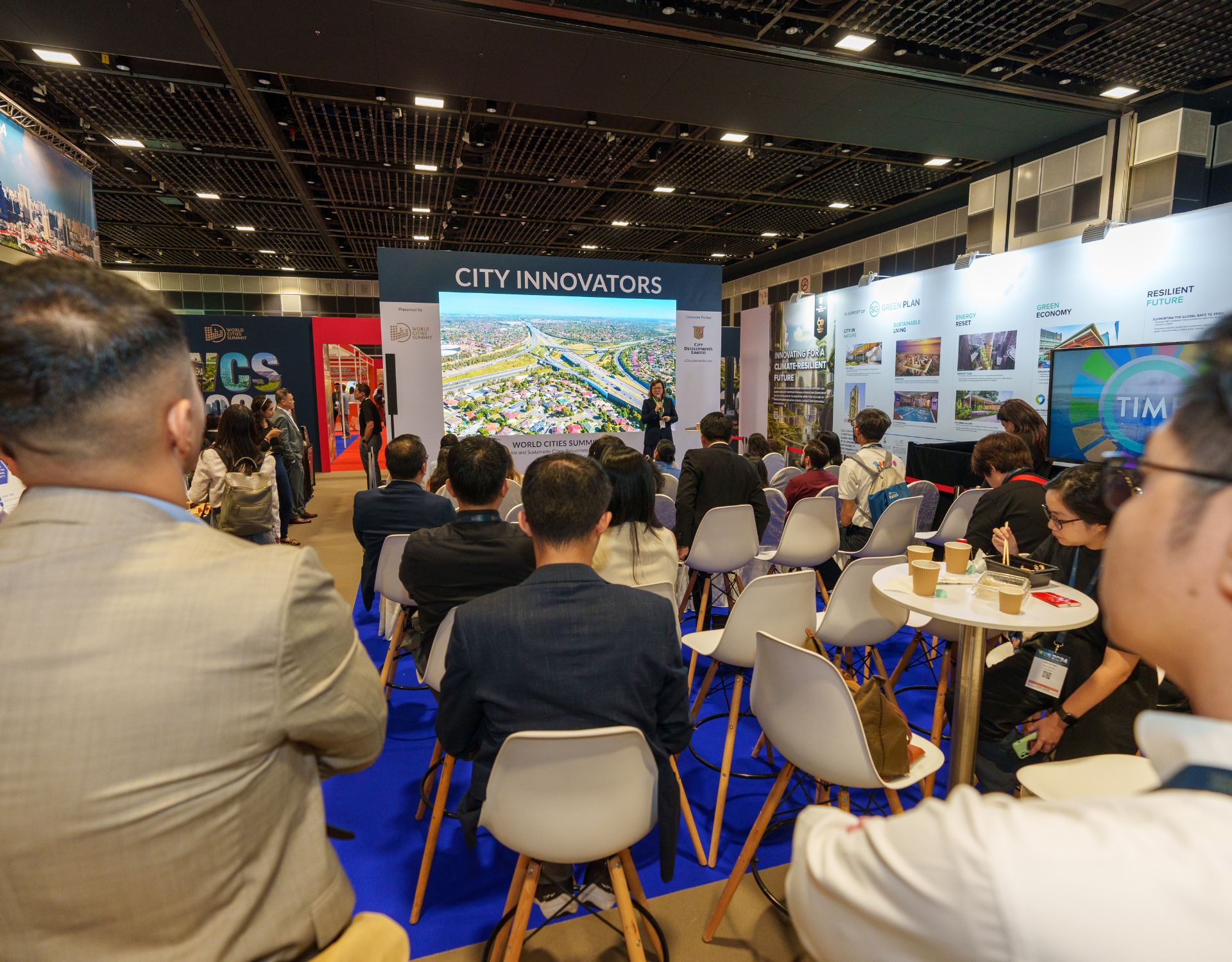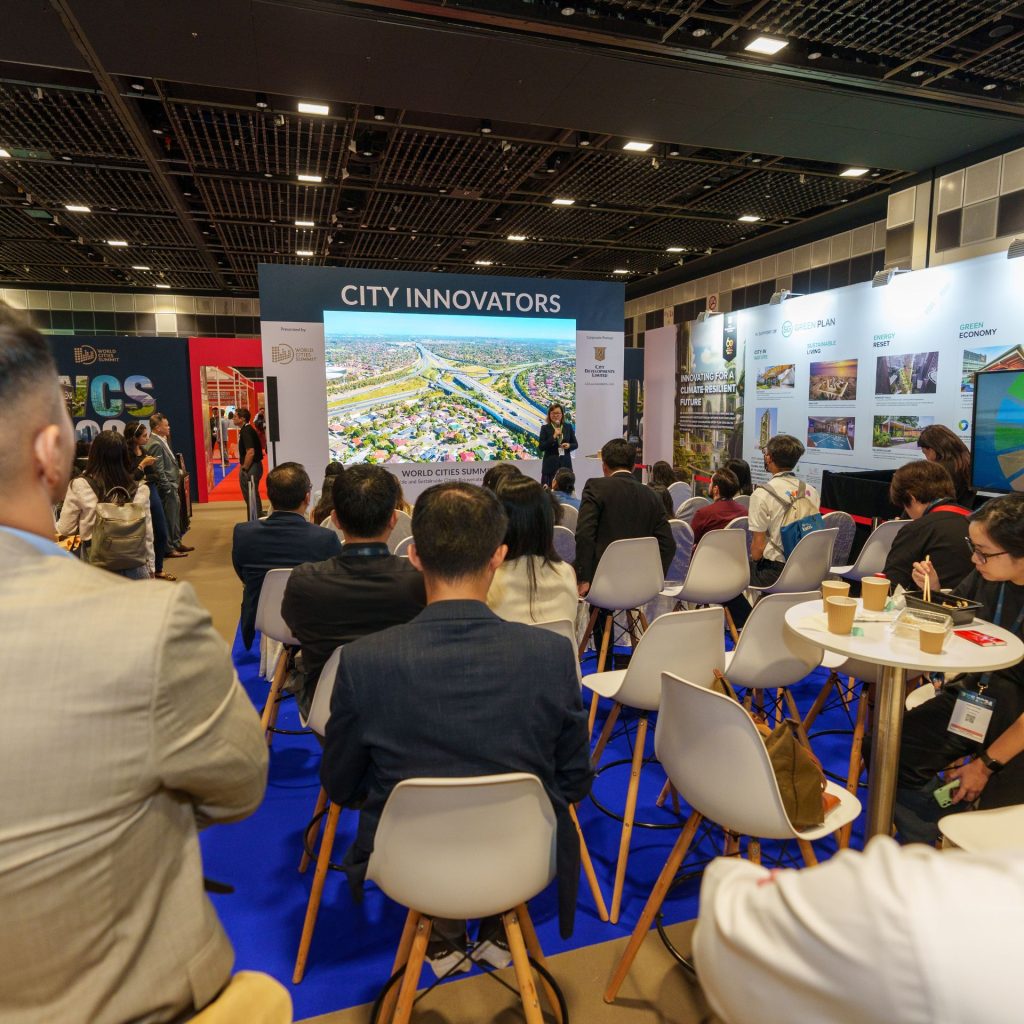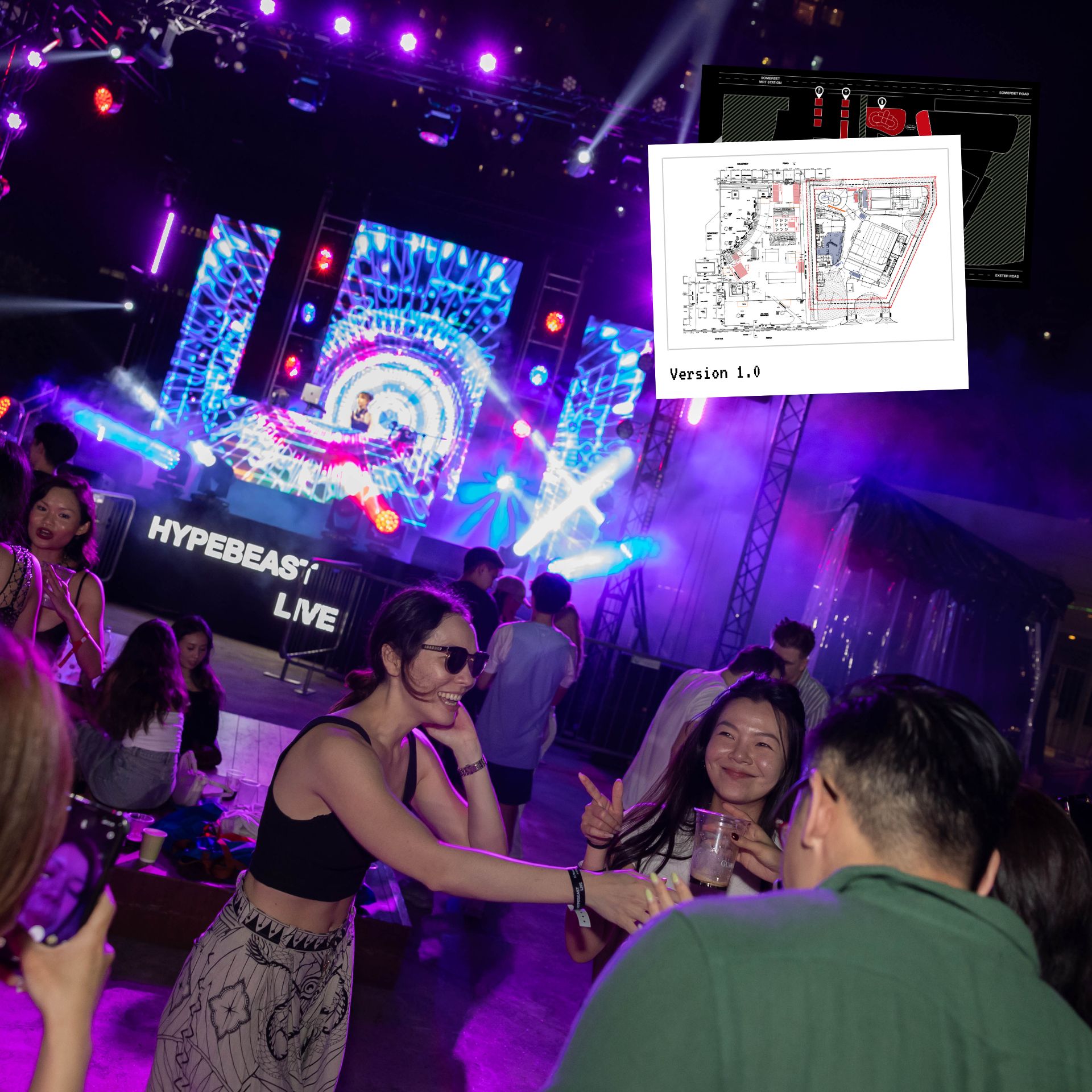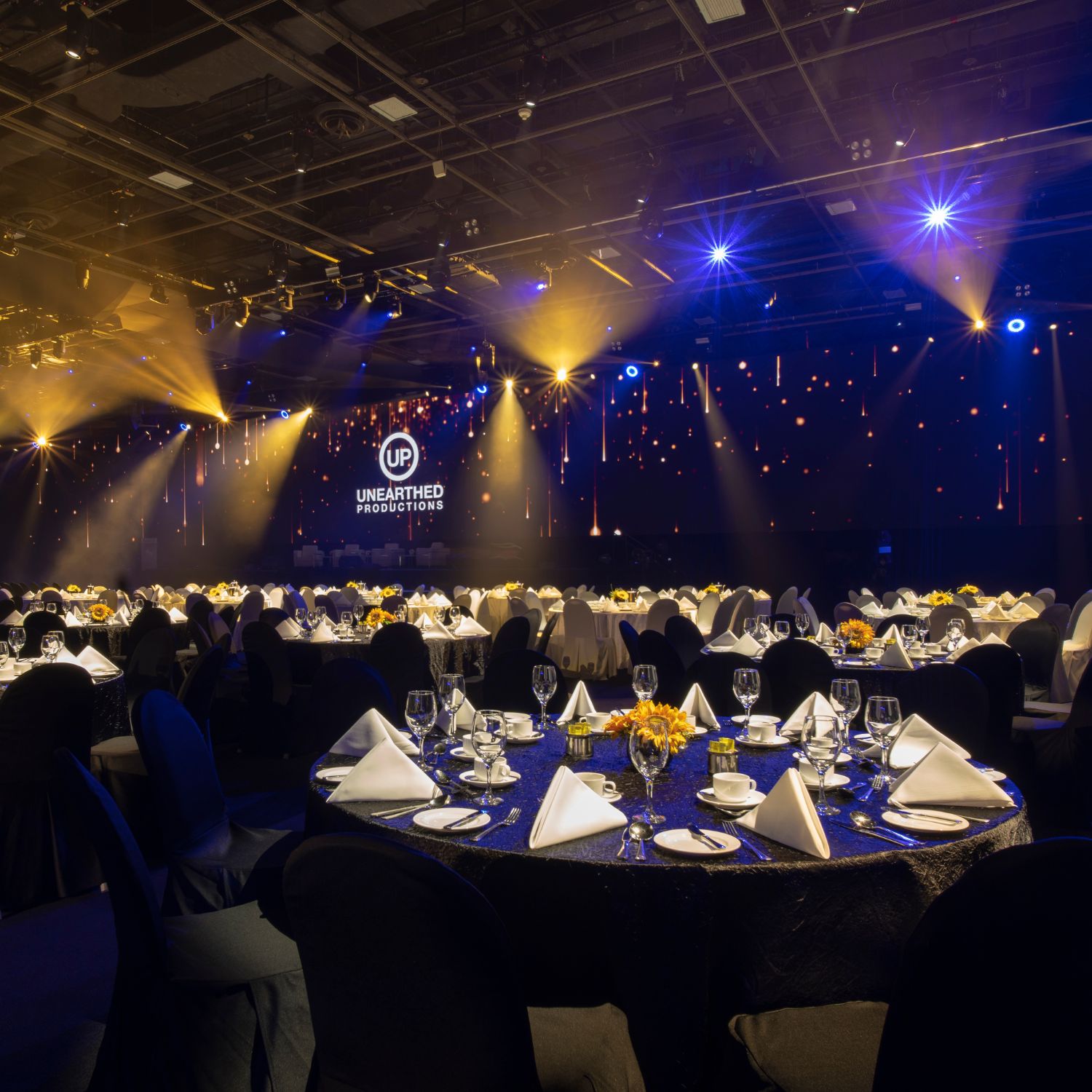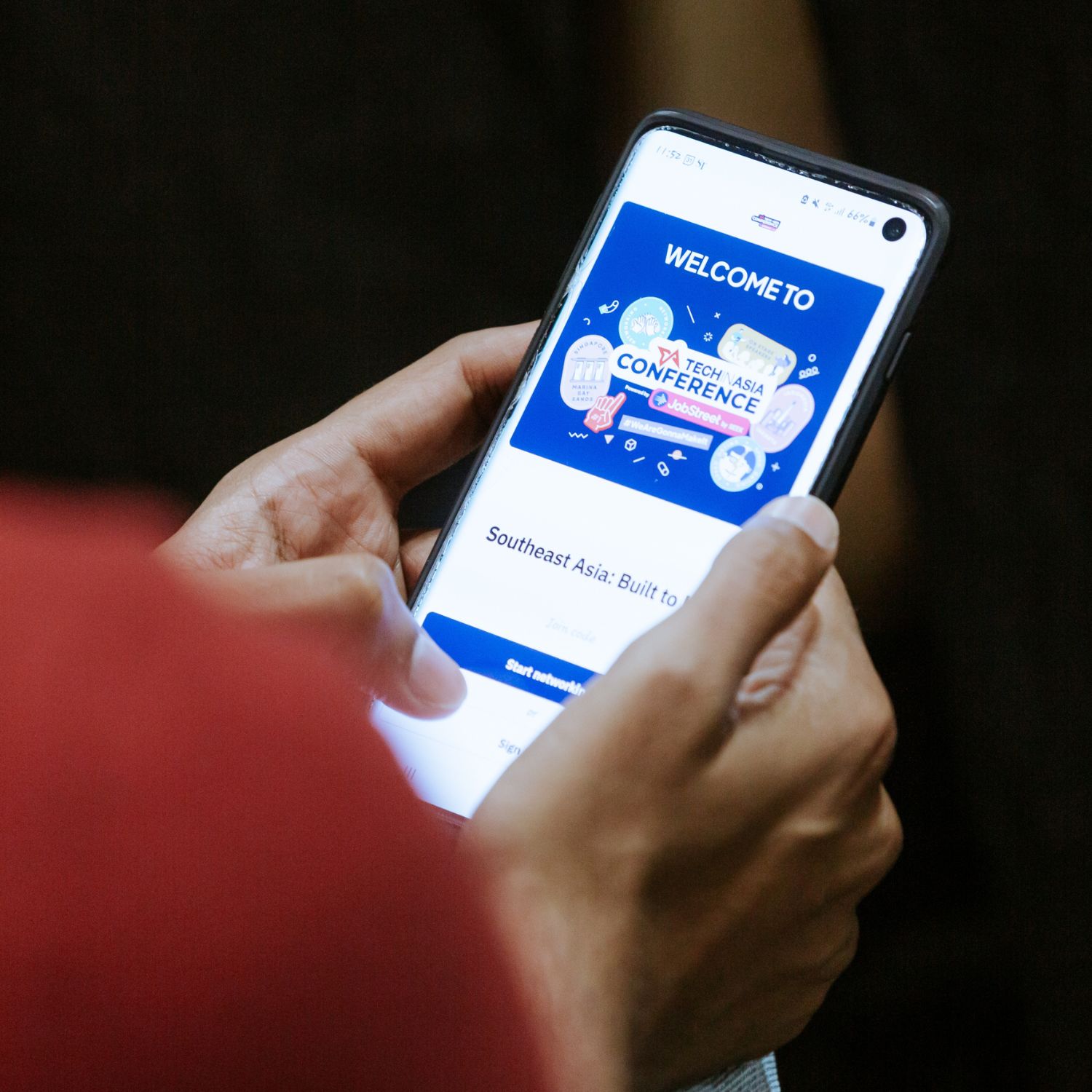Blog
Insider knowledge, tips and tricks to get you started
Blog
Insider knowledge, tips and tricks to get you started
Featured Article
EVENT PLANNING
June 27, 2024
Here’s how to continue building impactful interactions with your attendees and convert them into your customers even after your event is over.
EVENT MARKETING
June 27, 2024
Here’s how to continue building impactful interactions with your attendees and convert them into your customers even after your event is over.
Latest Articles
EVENT PLANNING
May 29, 2024
Learn more about the crucial steps we took to design an event floor plan ideal for the large-scale festivities of Hypebeast Live, of which we were the Official Production Partner.
CONFERENCE
May 21, 2024
Enhance your event ambience or presentation, create unique product showcases and more. Get inspired by 5 innovative LED video wall ideas to take your conference experience to the next level.
VENUES
May 18, 2024
From one-of-a-kind views of the Singapore River to a selection of 33 exquisite ballrooms and function, find out why Grand Copthorne Waterfront Hotel ranks among the best corporate event venues in Singapore.
FESTIVAL
May 14, 2024
Read our concise festival planning checklist, and see the 10 most important must-have items to make your next festival one for the ages.
VENUES
May 13, 2024
Find out what makes a venue more appealing for MICE event organisers, and get inspired by 4 ideas to transform your venue into the next sought-after MICE venue.
EVENT PLANNING
May 8, 2024
MICE attendees increasingly seek personalised experiences. Here are 3 ideas to help you tailor-make unique attendee experiences in your next MICE event.

